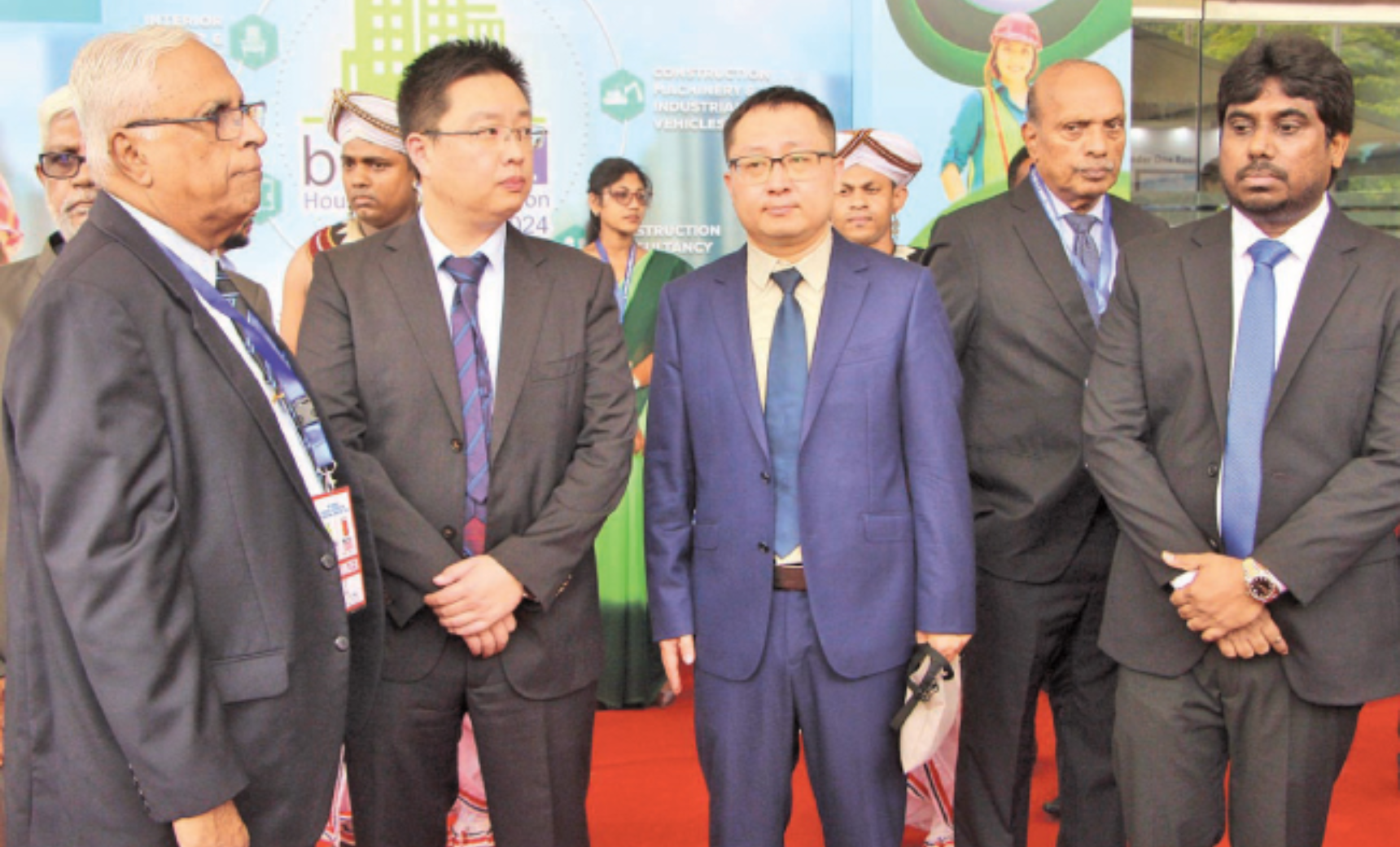The construction industry in Sri Lanka is showing signs of recovery after facing multiple crises, including the Easter Sunday attacks, the COVID-19 pandemic, and economic challenges, according to Eng. Col. Nissanka N. Wijeratne (Retd), Secretary General/CEO of the Chamber of Construction Industry of Sri Lanka (CCI). At the recent Build Sri Lanka Housing & Construction International Expo 2024, there was a notable increase in stalls and industry participation, indicating a positive outlook for the sector. Additionally, the participation of foreign suppliers, including a special Chinese pavilion, highlights growing confidence in the local construction industry.
Wijeratne noted a significant drop in cement, steel, and paint prices, providing a favorable environment for construction activities. He attributed this decline, which ranges from 30 to 40%, to improved market conditions and reduced material costs. Moreover, the government’s efforts to settle long overdue payments to contractors have facilitated reinvestment and contributed to the resumption of suspended projects in government offices, schools, and key infrastructure.
However, challenges persist, particularly in the apartment segment, where increased VAT rates deter potential investors. To address housing affordability for youth, Wijeratne proposed the introduction of ‘generation loans’ with extended repayment periods. He also highlighted the issue of brain drain, with over 350,000 workers migrating or changing professions during crisis periods, necessitating the importation of labor and skilled staff.
Looking ahead, Wijeratne emphasized the importance of completing debt restructuring and attracting foreign direct investment (FDI) before initiating large infrastructure projects. He advocated for Public Private Partnerships (PPPs) for future initiatives, citing the success of past projects like the Colombo Katunayake and Colombo Galle highways. Additionally, he recommended urgent connectivity between Kadawatha and Mirigama, emphasizing the potential for high returns on investment and the need for strategic infrastructure development in Sri Lanka.


